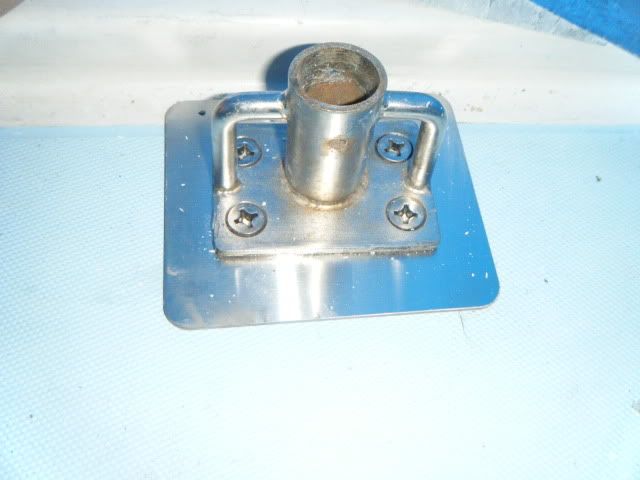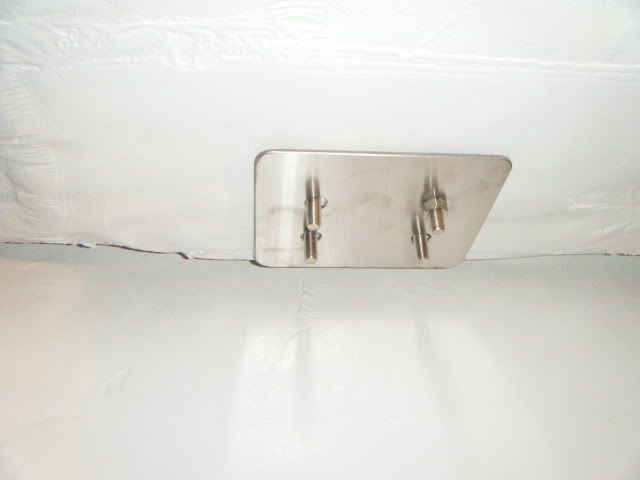Given that stanchions are relatively narrow at their base for their height, what's going to happen when a 200+ pound sailor loses balance and falls against that tall lever? Seems to me that the stanchion is going to come out of the deck no matter how well-bedded it is.
So is the real purpose of the lifeline just to give an overboard sailor something to hang on to? It sure doesn't seem as though it's going to keep him or her on board -- being tethered to a jackline will do that a lot better.
Just a random ponder.
So is the real purpose of the lifeline just to give an overboard sailor something to hang on to? It sure doesn't seem as though it's going to keep him or her on board -- being tethered to a jackline will do that a lot better.
Just a random ponder.








